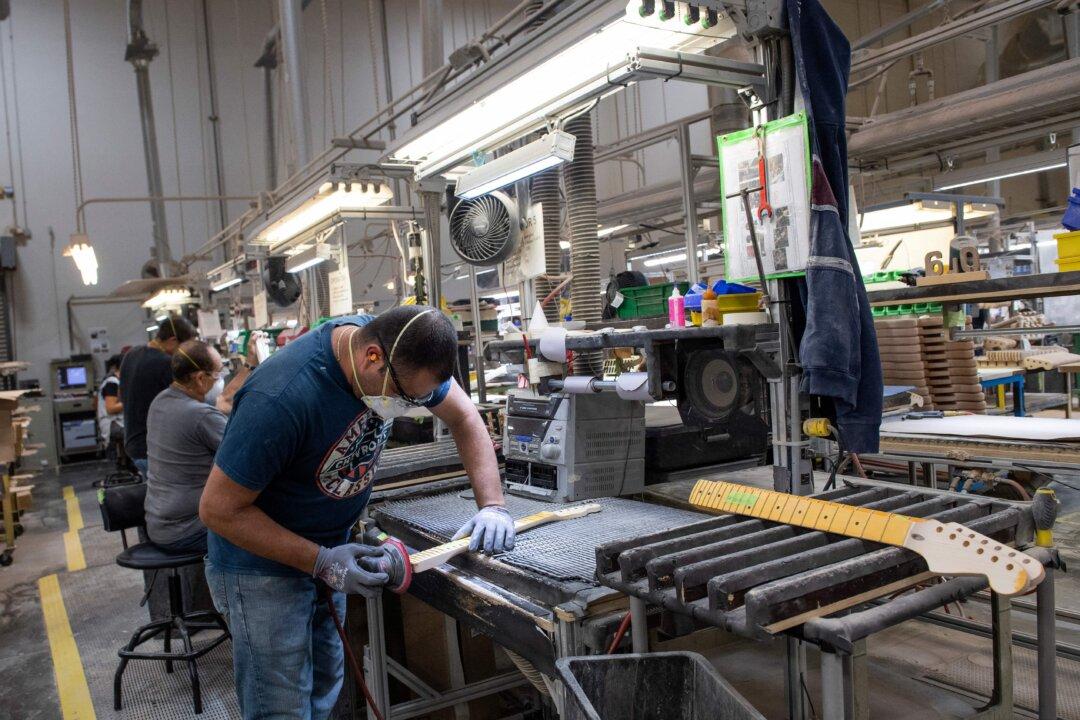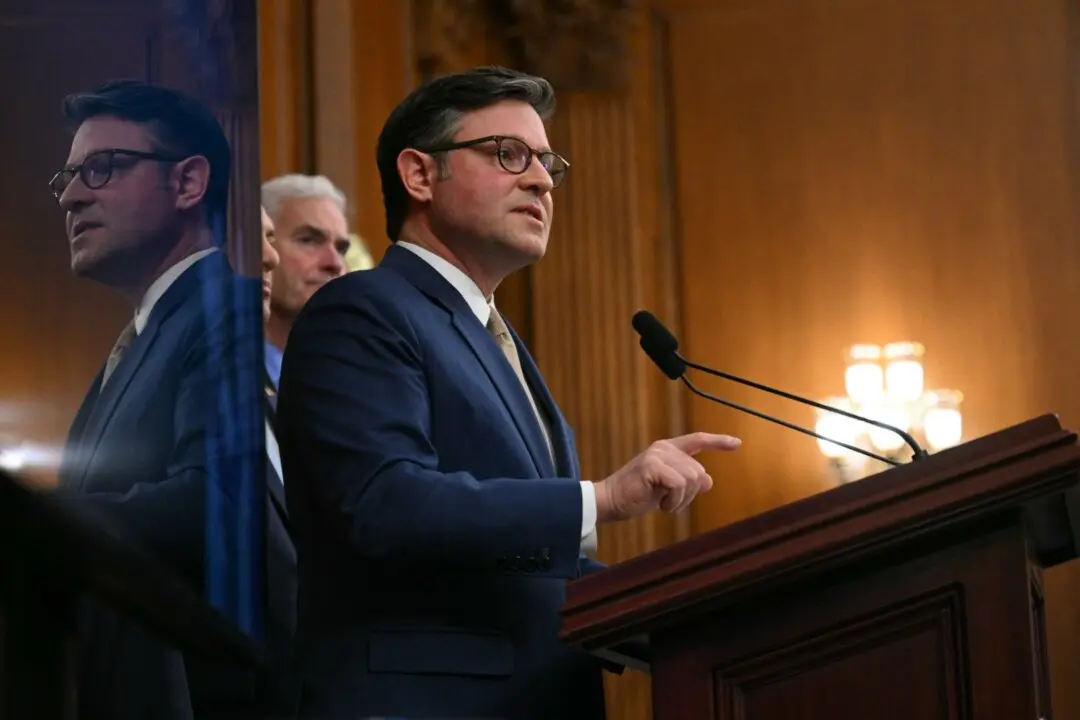Over the past two years, California’s job market has weakened for workers in private sector industries, while the number of government jobs has increased, according to a July 1 report from the nonpartisan Legislative Analyst’s Office.
“A closer look at this period unveils a more worrisome trend: large and mounting private-sector job losses that have been offset by continued hiring in public sector... fields,” analysts wrote in the report.





